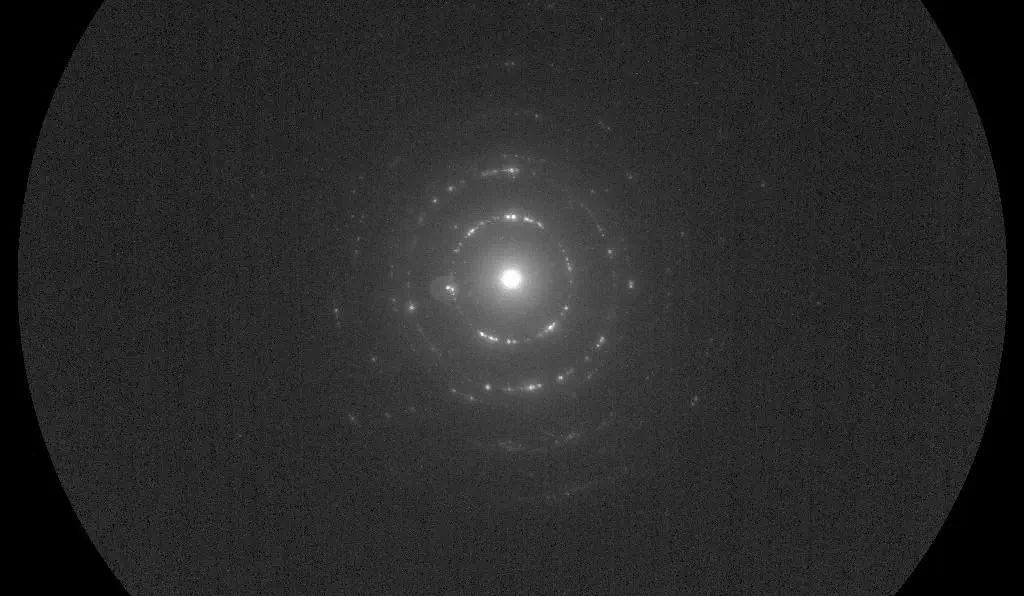The influence of scaling effect on the synthesis and structure of non-graphitizing carbon
An investigation using TGA as a lab-scale reactor to synthesize non-graphitizing carbon from biomass
 TEM image of walnut shell biochar
TEM image of walnut shell biocharThere has been a lack of research exploring whether and how the structural properties of non-graphitizing carbon, such as biochar, change when pyrolysis is performed under the effect of scaling (due to sample mass). Addressing this can support scientists in using thermogravimetric reactors (TG) to rapidly protytpe slow pyrolysis processes for the tailored design of biochar. Currently, such investigations utilize TG for studying pyrolysis in the kinetic regime, and custom lab-scale reactors (LSR) to design biochar based on these process parameters. This results in discrepancies in biochar design, especially during scale-up of the system. Even for the same biomass precursors with similar characteristics (particle size distribution, homogenity etc.), there arises disagreements between the process characteristics and the (intended) properties of the resultant biochar. If TG can also be used as LSR for synthesis of biochar in the lab, then the process characteristics and the properties of synthesized carbon can be simultaneously investigated and correlated. This also eliminates the need for expensive custom LSRs and improves the reproducibility of pyrolysis chemistry in laboratory-scale studies, especially for tuning biochar for specific applications.
This was the main research question addressed in this latest work, where TG was used as an LSR to synthesize non-graphitizing carbon from a lignin-rich model substrate. The results were interesting from the perspective of biochar design. The effect of scaling is seen as a gradual shift in the process characteristics and the properties of the biochar’s carbon matrix until it reaches an inflection point, which was around 200 mg for the model-substrate used here. After this point, the structural characteristics of the non-graphitizing carbon and the pyrolysis properties such as heat release, yield etc., remains fairly similar. Some potential reasons behind this effect were also elucidated. Further biochar types and larger sample masses need to be tested in a follow-up study to empirically model these correlations.
Read the full article at RSC Advances